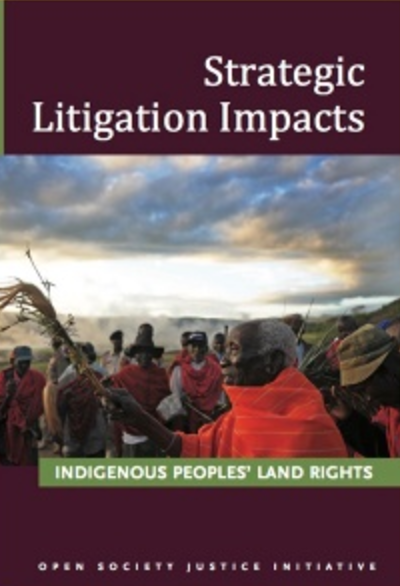Resource information
The world is increasingly encroaching on indigenous peoples’ traditional lands. Around the globe, indigenous communities are forced to cede ground to state development, corporate land grabs, rising sea levels, environmental degradation, and population growth. The right to land provides the basis for access to food, housing, and development. But for indigenous peoples, traditional lands are more than this; they represent essential ties to their ancestors, their culture, and their languages. Losing their land means losing their way of life.
In recent years, indigenous groups have increasingly turned to the courts as non-litigation tactics such as protests have failed to protect their lands from seizure and their communities from eviction. This comparative study, based on dozens of interviews in Kenya, Malaysia, and Paraguay, examines the ways indigenous communities and their advocates are using litigation in an effort to defend their rights and win compensation. In so doing, it finds a sobering reality: even when successful in court, indigenous groups rarely get their land back. They can also suffer financial loss, breakdown of community cohesion, and reprisal. But the study does find benefits of litigation, including gaining alternate lands and financial compensation, better informed courts and general populations, and community empowerment. It also reveals the importance of less quantifiable results of litigation, including official apologies, increased group cohesion, and cultural renewal.
This study―the third in a five-part series examining the impacts of strategic litigation―takes a clear-eyed view of the promises and limitations of using litigation to assert land rights. It suggests that while litigation is no panacea, it can still be a helpful tool for indigenous groups seeking to defend their culture, their livelihoods, and their traditional lands.


